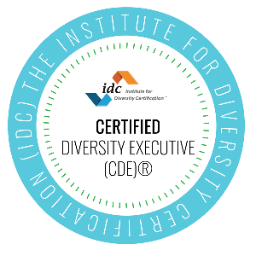5 Ways To Get Your Employees Invested In DEI
Imagine this: you and your team just got back from a life-changing diversity, equity, and inclusion (DEI) training. Now what? Folks have gone back to their offices, closed their doors, and hopefully, someone on the DEI council will integrate the learnings somehow.
If we approach DEI experiences like trainings, sessions, and conferences as one-off events where “someone else will integrate it,” we leave powerful learning and opportunities on the table. I understand that not every employee cares to do the work of DEI. But convincing them to become invested may not be as hard as you think.
Building an inclusive, equitable workplace that works for everyone involves everyone’s participation. If you’re struggling with getting folks from the C-suite to the accounting department and all the way down to the receptionist to have an interest in DEI, here are 5 ways to get your employees invested in diversity, equity, and inclusion.
1. Encourage employees who aren’t DEI professionals to participate in events and trainings
For someone working in a department unrelated to DEI, it can be challenging to convince them why they should care. It’s not their area of expertise, and perhaps, from their perspective, DEI doesn’t seem to affect their department or work relationships.
As a person in leadership , think about how you can encourage folks who don’t engage with DEI to give it more serious consideration. I recommend inviting them to attend DEI seminars, training, or conferences–even if they don’t think it’ll be relevant.
Part of getting folks invested in DEI is raising awareness that everyone benefits from a more inclusive and equitable workspace. In settings like DEI workshops, people can begin to see how what they perceive as a normal day in the office could actually use improvements in terms of developing a culture of belonging, increasing inclusivity, and being open to differing opinions and identities.
By encouraging employees who don’t typically attend these sessions to go and explore, we’re inviting them to take ownership over their education on the matter and to use that knowledge to better their department.
2. Use the divide-and-conquer method to increase engagement in DEI experiences
If you and your team are attending a DEI conference or training, try dividing up and having each person go to a different session. The benefit of splitting up is that you increase the knowledge collected by each individual who will then return to the group with new ideas and concepts–resulting in a whole body of learnings that’s greater than the sum of its parts.
What dividing up also does is it gets individuals to engage with the work without the protective cocoon of colleagues. DEI is inherently personal. Our personal identities show up differently depending on the rooms, people, or places around us.
What one colleague will experience in a conference room will be different from another. Therefore, creating a situation where one team member will have their own individual experience when faced with DEI concepts, then inviting them to take their experience back to the group, is an effective way to create an engaging and educational experience for everyone.
The divide-and-conquer method will increase your team’s engagement with DEI, put the philosophy into context, and encourage group conversations when the event is over. Plus, consider asking those who attended these sessions to start projects that champion DEI in their respective departments. As we’ll see in the next point, doing the work of DEI shouldn’t be the sole responsibility of those working in the HR or DEI departments.
3. Make engaging in DEI work a paid opportunity
One of the biggest faux pas that organizations make is they don’t compensate employees for choosing to be on an employee working group (ERG), business resource group (BRG), or DEI council. This is not extracurricular work. This is business-critical work and should be compensated.
For a lot of the people leading ERGs, BRGs, or DEI councils, the assumption is that these individuals have a passion for the work and that they’re inherently equipped to do it. However, there’s a difference between having the will and having the skill. Funding staff to go to DEI conferences and making participation in councils a paid part of their work helps justify their investment and interest in DEI.
Paying employees to do what is mostly considered “voluntary work” should be a priority, perk, and part of your business’s budget. Being paid for DEI work motivates employees and can improve the quality of the initiatives they bring to your organization.
4. Invest in a DEI resource library
For some people, conferences and in-person meetings are not the best way to learn about DEI. Part of the beauty of embracing diversity is understanding that people learn differently.
There are many ways to gain knowledge about the topic and we as business owners and leaders have to be sensitive to the learning styles of our staff. We want to ensure everyone has the opportunity to be a part of a culture of inclusivity and belonging while not assuming everyone learns best in an in-person setting.
One way to engage those who prefer to learn about DEI in privacy is to invest in a company resource library with physical, digital, and perhaps audiobooks. This resource library should be widely available, updated frequently, and easy to access.
While one employee may show amazing enthusiasm in a session, another may wish to read privately on their own to develop an opinion or gain knowledge. Although person one may give leadership instant gratification for their participation, don’t forget that some people may not outwardly express their interest in the topic. And that’s perfectly fine.
The goal is to create as many avenues for engagement as possible–whether that’s reading a book during an employee’s lunch break or engaging in a learning circle (which we’ll talk about next), we want employees to learn, reflect, and develop their own interest in the work.
5. Host learning circles to reflect and share knowledge
One of the most powerful ways to process DEI information, especially after a formal experience, is to host a learning circle . Learning circles are intimate group conversations where attendees and others can process the information they learned in a safe and brave space.
Oftentimes, learning circles are the only place where some employees can share their honest thoughts about a certain topic. For those employees, attending a conference and sharing how they felt about the content, what curiosities came up, and how they hope to apply their learnings to their work can be a powerful way to increase their engagement.
It’s in those moments of critical reflection that we move from philosophy to action. We begin to strategize on how to apply what we learned in a DEI experience. The work of generating ideas for a more diverse, inclusive, and equitable workplace is no longer placed on the shoulders of a few. The responsibility is divided among many and that’s a good thing for a business dedicated to DEI.
Final thoughts
It’s not easy to convince someone who isn’t passionate about DEI or doesn’t think it applies to them to get engaged in the work. However, by investing in the right ways, your business can enjoy the benefit of a renewed interest in the topic.
Encouraging employees to attend DEI events, paying them for their participation in working groups, investing in a resource library, and hosting learning circles are all ways to invest in your employees so they’ll feel more engaged in DEI.
We have to get more sophisticated about not simply asking people to be a part of the experience and then allowing that moment to end. How can we further our experiences to put the learnings into practice? It all starts with investing in our employees and developing a company-wide interest in DEI–one valued employee at a time.









Burnout by Budget: How Financial Stress Creates Emotional Fragility in Leaders & What to Do About It






